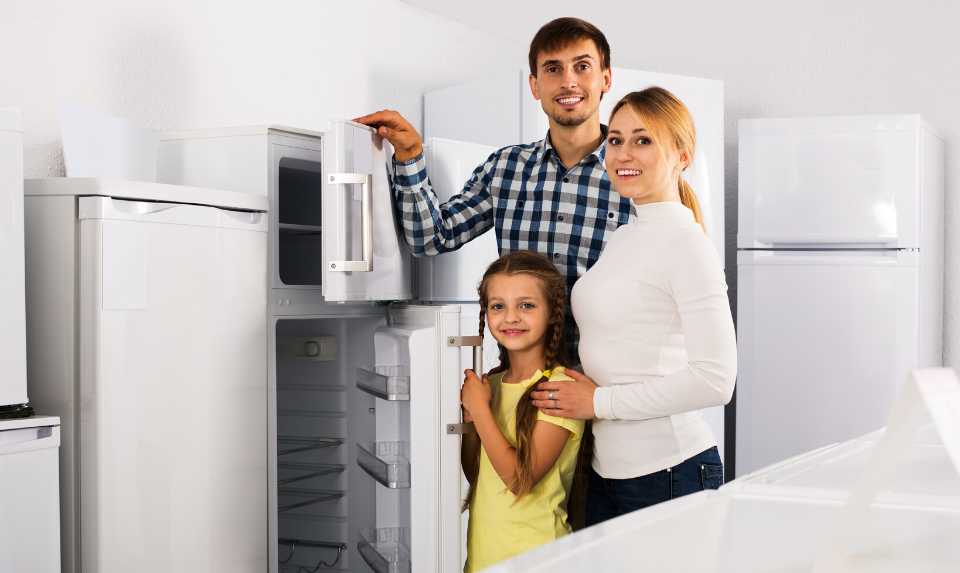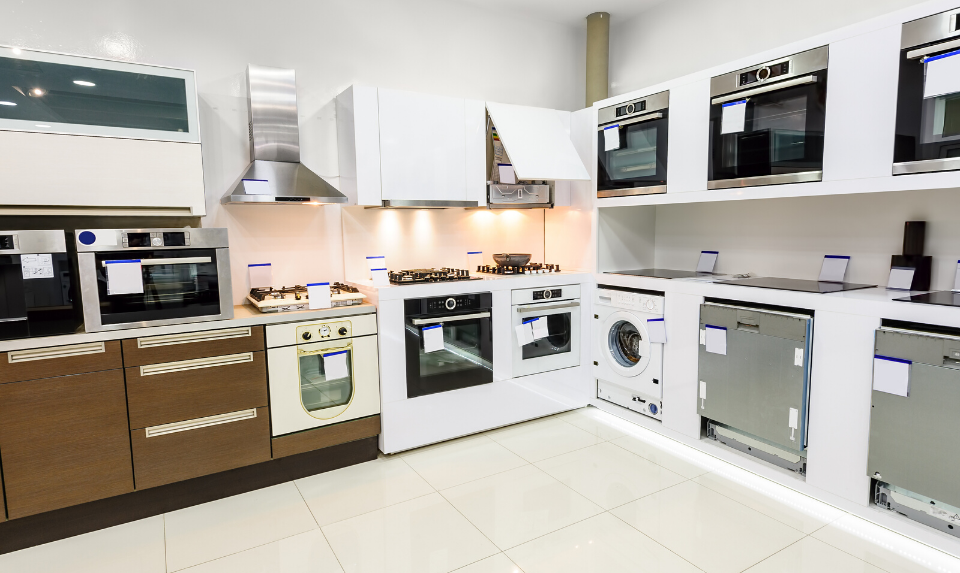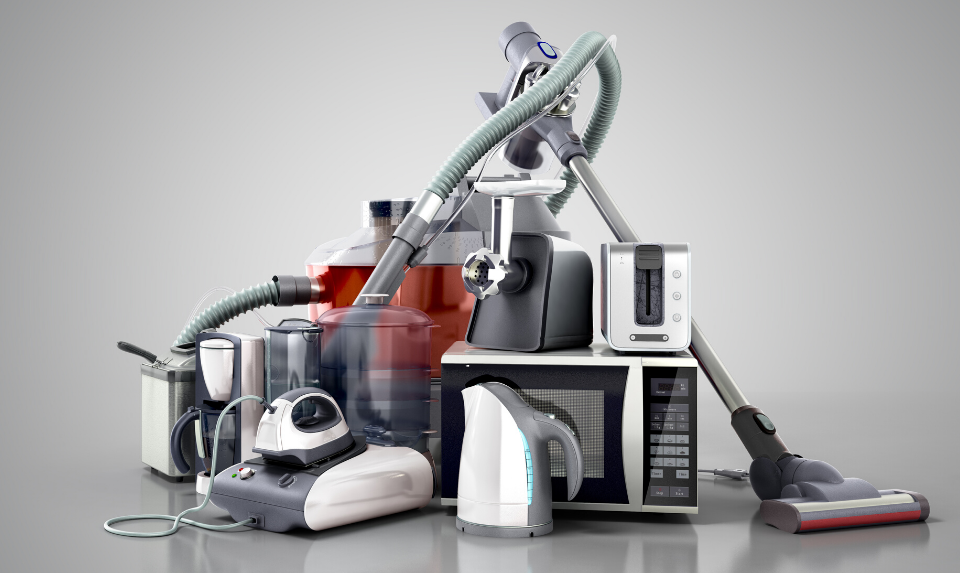Nowadays, almost every residence device is powered by electrical energy for the best convenience. Some of the major home electronics include TV sets, electric cookers, HVAC, dishwashers and lots of more. One of the key concerns to deal with the devices is to make sure you buy the best ones. It will save equally on cost and improve their performance and effectiveness. Installation and maintenance in addition, matter when it comes to making sure that these devices are properly maintained.
Recognizing and obtaining the most energy efficient home electronics at the lowest cost takes some work as the most cost effective and energy efficient models frequently differ with each model year. Equally, making it easier for people to deal with the phantom plug loads and energy use of their home electronics is also challenging.
However, both efforts are significantly essential to the accomplishment of a zero energy home where electronics and appliances turn out to be the major category of energy use – greater than the much reduced water heating and space heating energy use in these homes.
A Guide to the Most Energy Efficient Home Electronics:
Induction Stove Tops
An induction cooktop heats 30% more economically than a gas range and about 12% more efficiently than a regular electric range. Induction cooktops in addition heat faster than regular electric ranges and a lot faster than gas ranges. Induction cooktops heat up the molecules in the pan rather than heating the cooktop itself.
When you are finished cooking, the cooktop typically is warm, but not hot, so it is secure to touch and simple to clean. Gas stoves produce indoor air pollution that frequently go beyond EPA limits for indoor air quality, making it best to steer clear of installing them in extremely airtight residences.
Microwave Ovens

Microwave ovens are considerably more energy efficient and faster than gas or electric ovens. Microwaves should be measured so they can be used for a lot of cooking. Techniques and recipes for cooking a wide range of foods in a microwave oven are readily accessible online.
High RPM Washer with Cold Water
A front-loading high RPM Washing machines with a 1400 RPM spin cycle and a fan fresh (fluff) alternative will obtain approximately all moisture out of wet clothes with no heat, reduce the use of a dryer or time necessary for line-dry laundry. Every washer has energy-saving cycles that use cold water. While hot water uses additional energy, it makes sense to advise cold water washing to zero energy home buyers.
Clothes Dryers
Standard electric or gas dryers use a significant amount of energy and have to be exhausted to the outside, making the equivalent of a large (though intermittent) air leak in an otherwise super-tight structure shell. Air drying clothes saves lots of energy. Outdoor clothes lines and indoor drying racks are lucrative. In dry climates, indoor drying can welcome moisture to household air. In moister climates, outdoor clothes lines are the best option.
Heat Pump Dryers
If an automatic clothes dryer is necessary, think about a heat pump condensing dryer. Using similar technology as space heating heat pumps, water heating heat pumps, and refrigerators, these dryers get additional heat from each unit of electricity than a usual electric dryer, normally saving 50 to 60% on energy costs.
Heat pump clothes dryers have been used in Europe for numerous years but are new to the U.S. marketplace. The models presently available are more expensive than standard dryers, but may pay on their own within about 5 years. In the future, as expenses come down, they will be the dryer of choice.
Efficient Dishwashers
In choosing a dishwasher, search those with an Energy Factor of 0.85 or more.
Electronics
The largest energy users in today’s energy proficient homes are computers, gaming consoles, big screen TVs, and other electronics. Most electronics are big on energy and almost every electronic device has enormous “phantom loads” because of energy being used even when they are turned off – wasting energy 24/7.
Support buyers to think about buying the most energy efficient electronics on the market, set up physical on-off switches, and use power strips for electronics in order to lessen these phantom loads. Set up electric outlets in rooms where electronics are expected to be used so they can be turned entirely off with a wall switch. Special switches are accessible for turning off plug loads for entertainment centers without delaying the start-up time.
Top Tips for Choosing Home Electronics
Consider a Brand with Reputation
There are numerous brands that create different types of home electrical appliances nowadays some you may know whereas others you do not. When it attains a time that you require to purchase an electrical device, it is better to stick to the well-known brands. It gives you the assurance that you are doing the right thing and in addition amplify the chances of getting the right thing. For example, the HVAC common brands are well-known, and they hardly ever disappoint the buyers.

Research on the Unknown Brands
If there is an aim to try on a new, unfamiliar brand, then one must do investigation to know the appliance better. Get to know the background of the maker and their history in electrical appliances production. Of significance as well is the area of their distributors and warranty centers if they have any. In addition, the prior client reviews will aid one to know more about the product.
Consider Cost and Warranty
A number of home electronics are costly, but research can lead you to get the best prices. On the other hand, the price range is a good guidance for the excellence of the devices. Those with fairly low price may compromise on functionality and sturdiness sending you back to the store after only a very short while. Additionally, all home electronics must be sold with a valid warranty that can be serviced in a nearby center.

